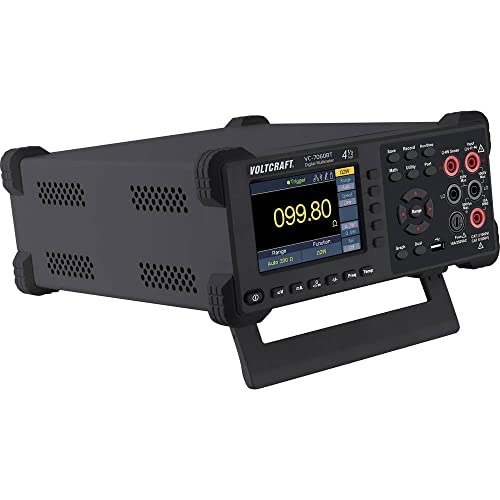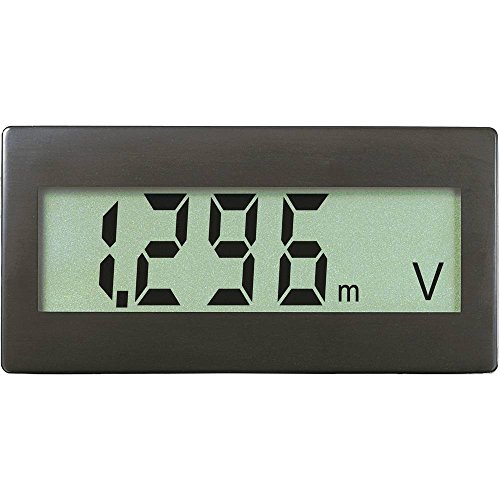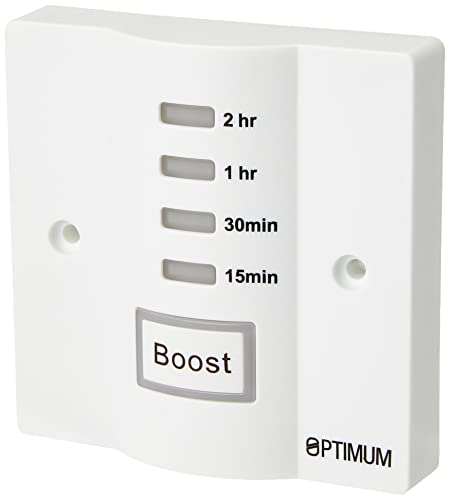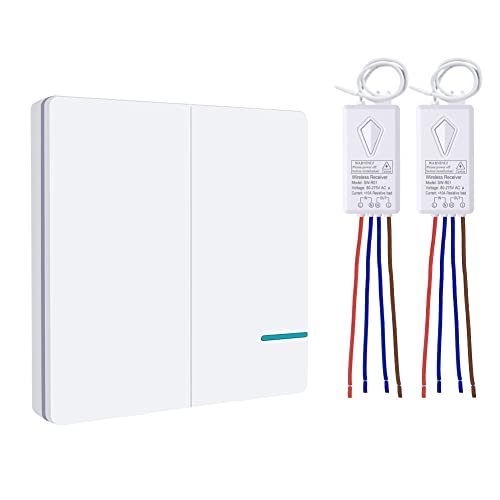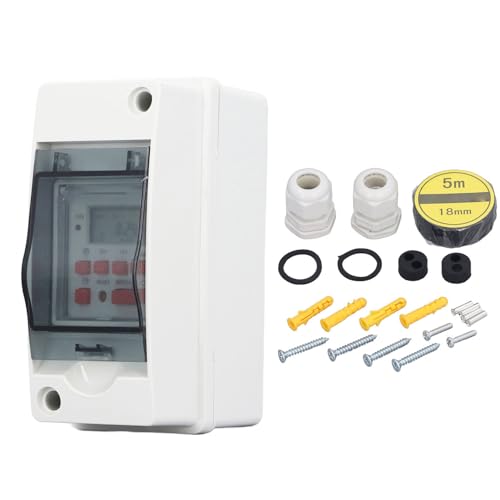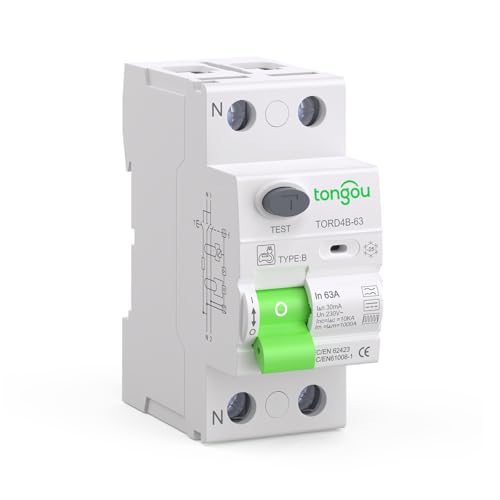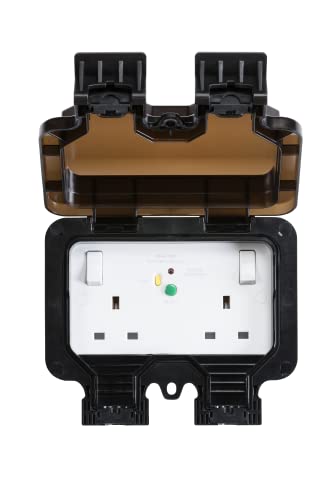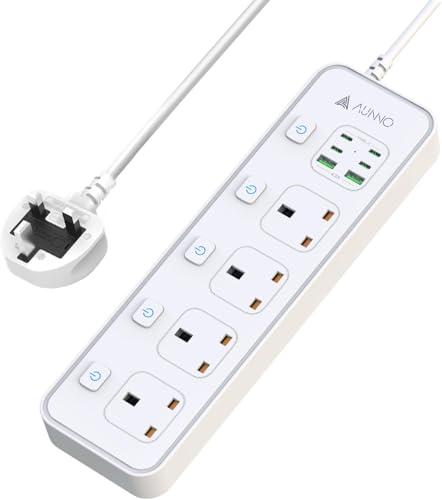Understanding the Voltcraft Voltmeter: What You Need to Know
Decoding the Basics of Voltmeters
When we think about measuring voltage, a voltmeter like the Voltcraft is our go-to tool. A voltmeter measures the electrical potential difference between two points in an electric circuit. Essentially, it tells us how much electrical energy is available to move electrons through a circuit. Knowing how a voltmeter works helps us understand its importance during various electrical tasks, ranging from simple battery checks to complex electrical diagnostics.
Getting Familiar with the Voltcraft Brand
Voltcraft is well-respected in the world of measuring instruments, and their voltmeters are designed with user-friendliness in mind. Often seen in the hands of electricians, hobbyists, and engineers alike, these voltmeters blend functionality with intuitive operation. Whether you need something basic or require specific advanced features, Voltcraft has options that cater to different needs.
Key Features to Consider When Choosing a Voltcraft Voltmeter
Understanding Measurement Ranges
Not all voltmeters can measure the same range of voltages. We should look for a model that fits our needs based on what we’ll be measuring. If we simply need to check batteries, a voltmeter with a low range will suffice. However, for troubleshooting household appliances or automotive batteries, we might need a voltmeter with a broader range to measure higher voltages.
Accuracy and Resolution Matters
One factor that can greatly affect our experience is how precise the voltmeter is. Accuracy refers to how close the reading is to the actual voltage, while resolution reflects the smallest reading increment. Ideally, we want a voltmeter that can give us precise readings, especially when working on sensitive electronic components.
Display Options and Readability
The display of the voltmeter should also be easy to read. Backlit LCD displays can be incredibly useful when we’re working in dimly lit spaces. Some models even feature graphical representations of measurements, which can make it easier for us to interpret results at a glance.
Input and Safety Features
Voltcraft voltmeters often come with protective cover features that enhance safety during use. Depending on your experience level, look for input types that suit your measuring tasks as well as safety ratings that indicate how well the voltmeter can handle overload situations.
How to Use Your Voltcraft Voltmeter Effectively: A Step-by-Step Guide
Preparation Before Measurement
Before we start, make sure the voltmeter is set to the correct measurement mode. For example, if we’re testing in direct current (DC), the dial should be set accordingly. Familiarity with the user manual can help us become proficient with specific functions that the voltmeter may offer.
Connecting the Probes
When we’re ready to measure voltage, connecting the probes correctly is critical. The red probe usually connects to the positive terminal and the black probe to the negative terminal. For safety, ensure we avoid short-circuiting the probes during this process.
Reading the Measurements
Once we’ve connected the probes, our voltmeter will display a reading. It’s important to let the measurement stabilise for a moment before taking note of the value shown. Depending on the type of circuit, readings can fluctuate, so patience is key.
Post-Measurement Protocol
After obtaining the voltage measurement, safely disconnect the probes to avoid any electrical shock or discomfort. It’s advisable to turn off the voltmeter after usage to preserve battery life.
Practical Applications of Voltcraft Voltmeters in Everyday Life
Household Electrical Tasks
In our homes, we can utilise a Voltcraft voltmeter for a range of tasks, such as checking batteries for smoke detectors or testing electrical outlets in case of malfunction. Regularly ensuring the voltage in our circuits is at expected levels can help us mitigate electrical hazards.
Automotive Troubleshooting
A potent use of the Voltcraft voltmeter comes into play when diagnosing car electrical systems. Monitoring the battery’s health or checking the performance of alternators is key to maintaining vehicle efficiency. A voltmeter can give us insights into our vehicle’s electrical system health.
DIY Electronics Projects
For hobbyists and DIY enthusiasts, a voltmeter is an invaluable tool. As we create projects that involve wiring or circuit building, measuring voltage accurately ensures that components function correctly and safely. We can test everything from simple circuits to more complex designs.
Comparing Models: Which Voltcraft Voltmeter is Right for You?
Identifying Our Needs
The right model often depends on our specific needs. If we identify ourselves as casual users or hobbyists, basic models with fewer features may be adequate. However, professionals or those engaged in more complex projects may benefit from advanced multi-function devices.
Budget Considerations
Setting a budget helps narrow down our choices. Voltcraft voltmeters come in various price ranges, and many offer impressive functionalities without breaking the bank. We recommend evaluating the balance between price and needed features to find the best-value option.
Long-term Reliability and Support
When choosing a model, consider the track record of durability and reliability. A voltmeter that not only serves us well now but continues to operate effectively over time is worth prioritising. Additionally, support from the manufacturer can be a crucial aspect in case we encounter issues later on.

